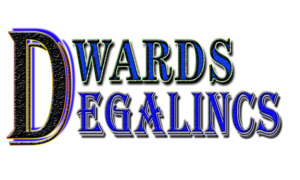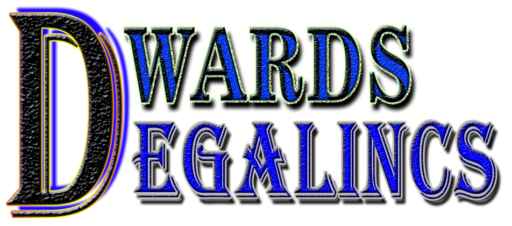In the world of sales, a well-crafted sales proposal can be the catalyst that turns a potential lead into a satisfied customer. A sales proposal is a powerful tool that allows you to showcase your products or services, address client needs, and demonstrate your value proposition. In this article, we will delve into the key elements of a winning sales proposal and provide valuable insights on how to create a compelling document that leads to sales success.
Understanding the Sales Proposal
A sales proposal is a formal document that outlines the details of a proposed sale, including the products or services being offered, their benefits, pricing, terms, and conditions. The primary goal of a sales proposal is to persuade the client that your offerings are the best fit for their needs and that partnering with you will bring value and achieve their desired outcomes.
Key of a Winning Sales Proposal
- Introduction: Begin your sales proposal with a captivating introduction that grabs the client’s attention. Clearly state the purpose of the proposal and establish a personal connection by addressing their specific needs or pain points.
- Client Needs Analysis: Demonstrate your understanding of the client’s needs by conducting a thorough analysis. Ask questions, actively listen, and gather information to tailor your proposal to their unique requirements. Highlight the challenges they face and position your offerings as the solution.
- Clear Value Proposition: Articulate the value proposition of your products or services. Clearly communicate how they will benefit the client, solve their problems, and help them achieve their goals. Focus on the unique features, advantages, and benefits that differentiate you from the competition.
- Detailed Offering: Provide a detailed breakdown of your offerings, emphasizing the features, specifications, and options available. Highlight how each aspect of your offering directly addresses the client’s needs and provides value. Use visuals, such as images or diagrams, to enhance understanding.
- Testimonials and Case Studies: Include testimonials from satisfied customers and case studies that showcase successful outcomes achieved with your offerings. These examples provide social proof, build trust, and demonstrate your track record of delivering results.
- Pricing and Options: Clearly present the pricing structure and options available. Break down the costs, highlight any discounts or promotions, and provide transparent information on payment terms. Clearly outline the return on investment (ROI) that the client can expect from their investment.
- Implementation and Support: Describe how you will support the client during the implementation phase. Outline the resources, training, and assistance you will provide to ensure a smooth transition and successful adoption of your offerings. Emphasize your commitment to customer support and ongoing assistance.
- Call to Action: Conclude your sales proposal with a clear and compelling call to action. Prompt the client to take the next steps, such as scheduling a meeting, signing a contract, or making a purchase. Make it easy for them to respond and provide multiple contact options.
- Professional Presentation: Pay attention to the formatting, layout, and design of your sales proposal. Use a consistent visual theme, incorporate your branding elements, and ensure the document is visually appealing and easy to read. Proofread carefully for grammar, spelling, and formatting errors.
- Follow-Up: After submitting the sales proposal, follow up with the client to address any questions, provide additional information, or discuss the proposal further. A proactive follow-up demonstrates your commitment and responsiveness.
Crafting a winning sales proposal requires careful consideration of the client’s needs, a compelling value proposition, and clear communication of your offerings’ benefits. By addressing each key component effectively, you can create a it that stands out from the competition and persuades clients to choose your products or services. Remember, a well-crafted sales proposal is not only a document—it is a persuasive tool that guides the client towards making a favorable buying decision.


